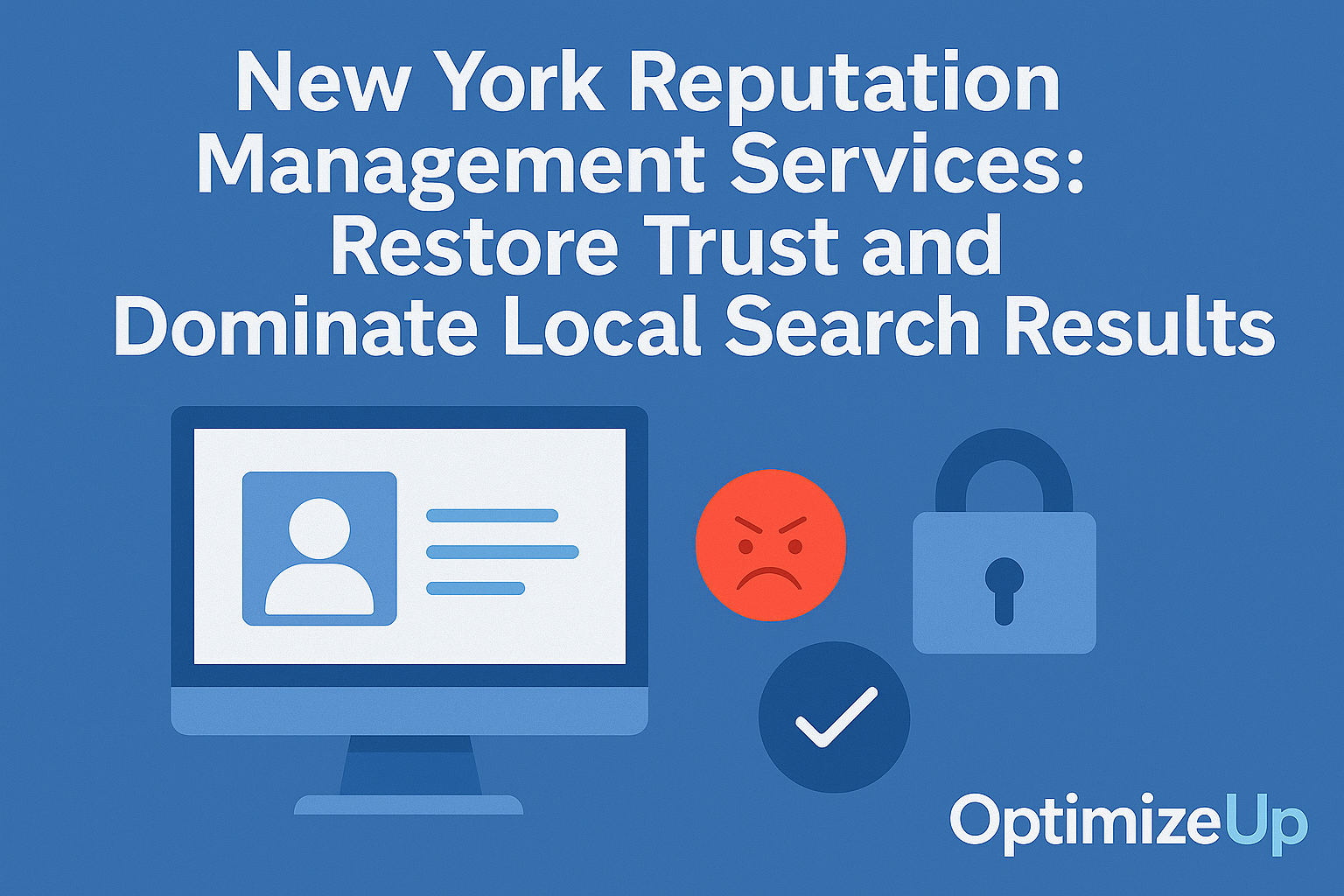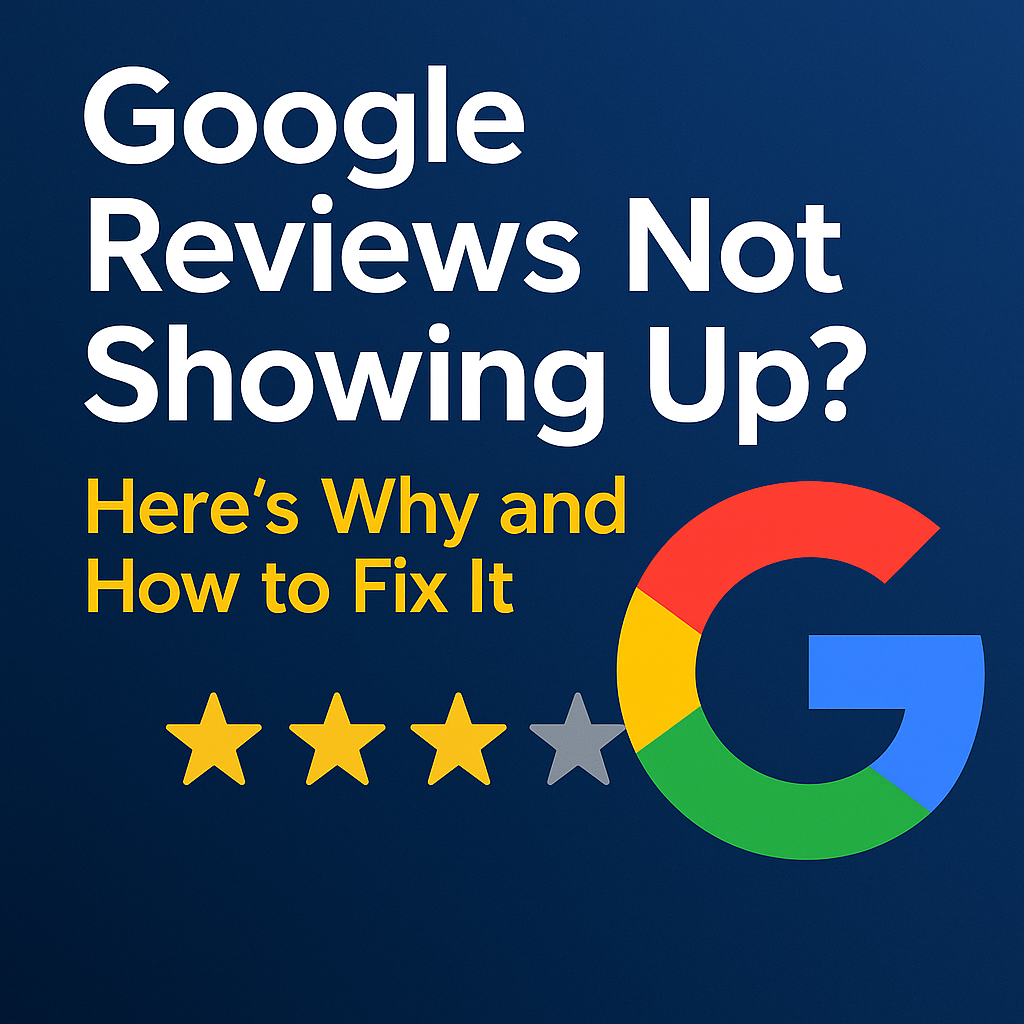What Is Competitive Advantage?
A competitive advantage is the unique edge a company possesses that allows it to outperform its rivals. This advantage enables a business to generate greater value for its customers and achieve superior returns.
“Competitive advantage isn’t about being better at everything—it’s about being unbeatable at one thing.”
It can be:
- Cost-based
- Differentiation-based
- Innovation-driven
- Brand-loyalty inspired
Industry-Specific Competitive Advantage Tactics
Healthcare
- Invest in HIPAA-compliant tech to build patient trust
- Offer telemedicine services with superior UX
- Create authoritative content for search visibility
SaaS/Tech
- Prioritize usability and frictionless onboarding
- Leverage integration with popular tools (Slack, Zapier, etc.)
- Use freemium models to drive user acquisition
E-commerce
- Use personalized email and SMS marketing
- Optimize fulfillment with fast, reliable delivery
- Differentiate with sustainable packaging or exclusive collections
Professional Services
- Build credibility through client success stories
- Maintain consistent referral pipelines
- Offer niche services others can’t match
The Three Core Types of Competitive Advantage
1. Cost Leadership
The ability to offer the lowest prices while maintaining acceptable margins.
Examples:
- Walmart
- IKEA
Key Tactics:
- Economies of scale
- Lean supply chain operations
- Automated processes
2. Differentiation
Creating products or services perceived as superior in value.
Examples:
- Apple (design and ecosystem)
- Tesla (technology and sustainability)
Key Tactics:
- Unique features
- Premium branding
- Personalized experiences
3. Focus or Niche Strategy
Serving a specific market segment better than anyone else.
Examples:
- Glossier (beauty products for millennials)
- Peloton (connected fitness community)
Key Tactics:
- Specialized knowledge
- Deep customer understanding
- Community building
Global Competitive Advantage Strategies
In a globalized economy, competitive advantage must scale across borders.
Key Areas of Focus:
- Local market adaptation (language, currency, culture)
- International SEO and content localization
- Regulatory compliance and ethical standards
- Supply chain resilience and redundancy
Global Brands Excelling:
- Nike: Local athlete partnerships + consistent global branding
- Samsung: Fast innovation cycles + diversified product line
- Unilever: Regional brands that feel local but scale globally
How to Build a Competitive Advantage
Step 1: Identify Your Unique Value Proposition (UVP)
- What do you offer that competitors can’t?
- Is it quality, speed, pricing, or customer experience?
Step 2: Analyze the Competitive Landscape
- Use tools like SWOT Analysis and Porter’s Five Forces
- Understand what competitors do well—and where they fall short
Step 3: Leverage Data and Customer Feedback
- Conduct regular surveys and feedback loops
- Use CRM data to personalize offerings
- Monitor trends via Google Trends
Step 4: Innovate Relentlessly
- Encourage a culture of experimentation
- Track industry shifts with Statista and Gartner
- Patent processes or products when possible
- Invest in R&D to stay ahead of evolving demands
Competitive Advantage Through Brand Positioning
Your brand is more than a logo—it’s the story people tell when you’re not in the room.
Build a Strong Brand Narrative:
- Focus on purpose and impact
- Be consistent across all touchpoints
- Use storytelling to connect emotionally
Visual Identity + Reputation = Recognition
- Consistent design language
- Thought leadership (LinkedIn, podcasts, industry panels)
- Media features and awards
- Customer testimonials and third-party validations
Examples of Strategic Positioning:
- Patagonia: Environmentally conscious and premium
- HubSpot: Inbound marketing pioneer
- Warby Parker: Disruption through affordability and purpose
Marketing as a Competitive Weapon
Outperform With These Tactics:
- Content Marketing: Educate your market and showcase expertise
- SEO: Rank for high-intent keywords in your niche
- Reputation Management: Use services like OptimizeUp to protect your brand
- PR Campaigns: Earn media that amplifies credibility
- Referral Programs: Leverage word-of-mouth as a growth channel
- Influencer Collaborations: Boost awareness within targeted communities
- Account-Based Marketing (ABM): Tailor messaging for high-value prospects
“The loudest voice isn’t always the smartest—it’s the most strategic.”
Operational Excellence and Internal Advantage
True competitive edge starts within.
Operational Drivers:
- Cross-functional team collaboration
- Automation of workflows
- Transparent metrics and KPIs
- Agile methodology for faster innovation
Talent as a Moat:
- Attract and retain A-players with a clear mission
- Offer training and advancement paths
- Foster inclusive, high-trust culture
- Build a leadership pipeline to ensure resilience
Technology and Tools to Sustain Your Edge
Leverage:
- CRM Platforms like Salesforce and HubSpot
- Marketing Automation like Mailchimp and ActiveCampaign
- Data Analytics using Tableau, Google Analytics, or Power BI
- Customer Support tools like Zendesk and Intercom
- Project Management with Asana, Monday.com, or Trello
These tools streamline communication, track performance, and surface insights that feed innovation.
Real-World Examples of Competitive Advantage
Netflix vs. Blockbuster
- Shifted to streaming early
- Built exclusive content (House of Cards, Stranger Things)
- Data-driven personalization
Amazon vs. Traditional Retail
- Customer obsession
- Fast and free delivery
- Alexa ecosystem and recurring subscription revenue
Canva vs. Adobe
- Democratized design with templates
- Freemium model
- Community engagement and scalability
Southwest Airlines vs. Legacy Airlines
- Low-cost pricing
- Friendly customer experience
- Point-to-point route network that improves efficiency
Common Pitfalls That Erode Competitive Advantage
- Failing to adapt to change
- Over-relying on legacy models
- Ignoring customer sentiment
- Lack of strategic alignment between departments
- Not protecting intellectual property
- Failing to invest in emerging tech and trends
“Standing still is falling behind in today’s market.”
How OptimizeUp Helps You Win Your Market
At OptimizeUp, we help brands:
- Define their unique value proposition
- Build trust through media outreach and online visibility
- Protect against reputation threats
- Improve search performance through SEO-driven content
- Analyze competitors and tailor content for your niche
👉 Get a competitive brand audit today and learn where you stand.
Frequently Asked Questions
Cost Leadership
Differentiation
Focus Strategy
Operational Excellence
An advantage that is difficult for competitors to replicate or erode over time.
By excelling in personalization, agility, and customer relationships.
Market share is a result—competitive advantage is the strategy that gets you there.
Yes—if innovation stalls, customer needs shift, or competitors outmaneuver you.
Look at key metrics: customer retention, profit margins, brand loyalty, and organic referrals. If they’re significantly better than peers, you likely have an edge.
It depends on your strategy. For cost leaders, pricing is central. For differentiators, price often reflects perceived value rather than savings.





